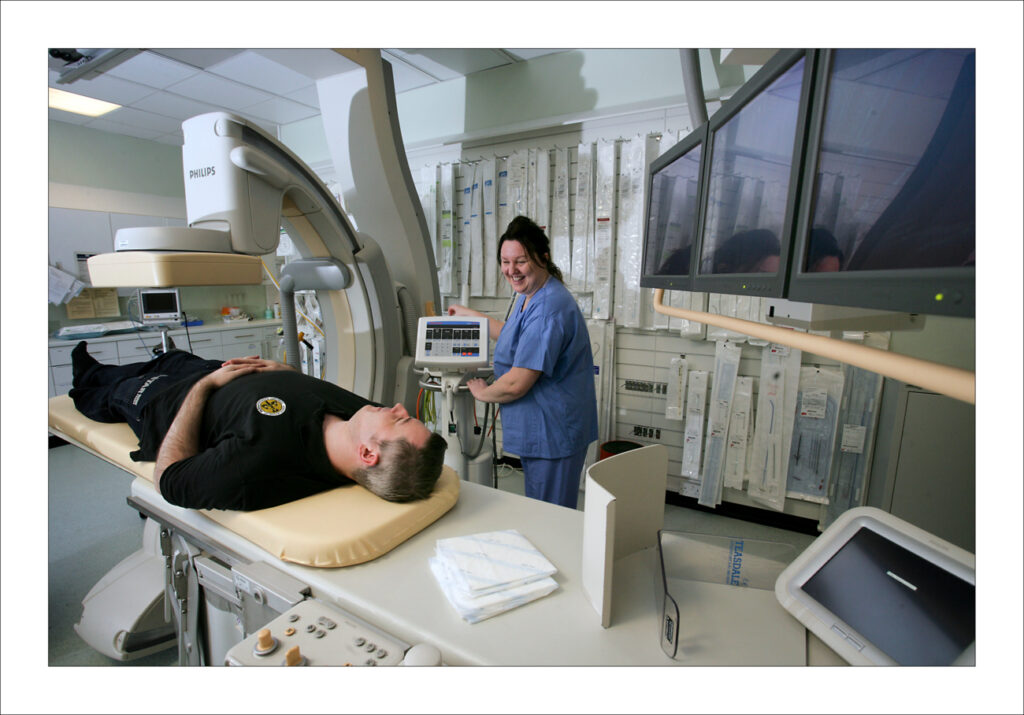Breast imaging is essential throughout the patient pathway:
- To help with diagnosis
- To ‘stage’ the disease
- To see if the cancer has spread and where in the body
- To assess response to treatment
- In follow-up to make sure the cancer has not come back (recurrence)
The Scottish consensus on breast cancer imaging has been adapted from the UK guidance written by the Royal College of Radiologists (RCR). It provides advice on which imaging may be considered, including X- rays and mammograms, ultrasound scans (USS), CT (computerised tomography), MRI (magnetic resonance imaging) scans, PET scans (positron emission), and other tests. The guidance explains which test to use and when, to give the best information to your healthcare team.
The RCR guidance also includes advice for male breast cancer and pregnant or breastfeeding women where X-ray exposure is to be avoided.
